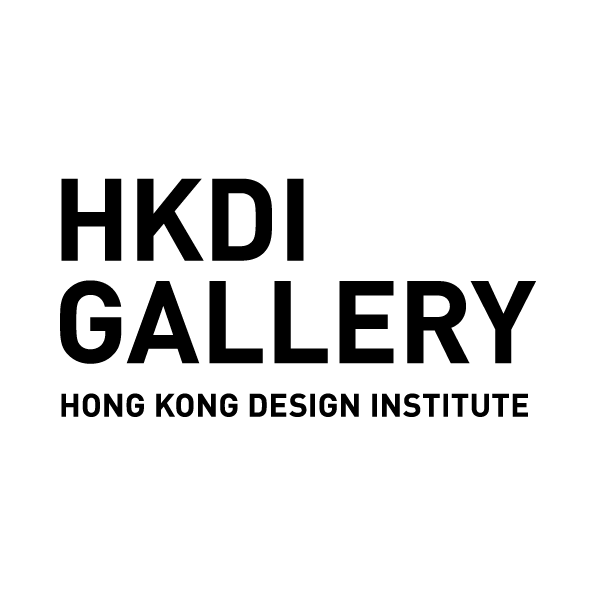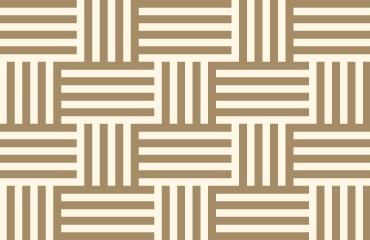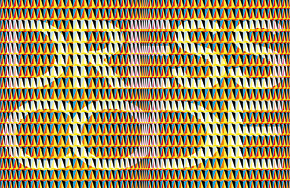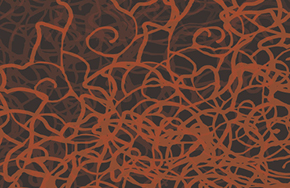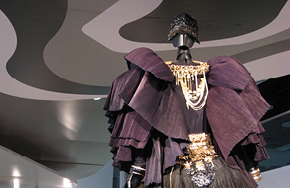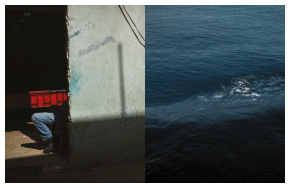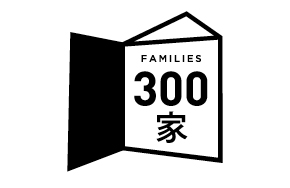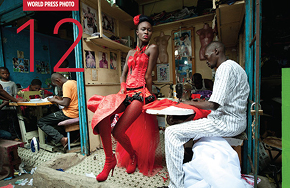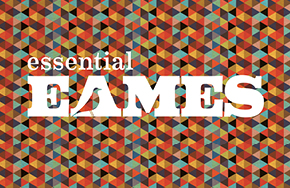Affiliated to the Hong Kong Design Institute (HKDI), HKDI Gallery is a dynamic exhibition space with unique vision. We engage with parties at home and abroad, including internationally acclaimed museums, designers and curators. With contemporary design as the cornerstone, we present a series of top-notch exhibitions every year ranging on graphic design, architecture, fashion, product design, multimedia and so on.
HKDI Gallery Present Facebook Page >
HKDI Gallery Instagram >
25/26
Exhibitions
HKDI Gallery proudly presents the flagship exhibition, Pluriversal Futures – Ars Electronica Exhibition in Collaboration with Hong Kong Design Institute that explore the evolving relationship between art, technology, and human experience.
Pluriversal Futures originates from Austria’s pioneering Ars Electronica Festival and showcases award-winning works from the 2024 and 2025 Prix Ars Electronica, alongside innovative creations by emerging HKDI designers. Co-curated with Ars Electronica, the exhibition invites visitors to experience immersive installations and experimental interfaces that highlight the transformative power of digital media. Through the perspectives of artists, scientists, technologists, designers and activists, it explores how emerging technologies are shaping our shared future. The exhibition will run from 29 November 2025 to 6 April 2026.

Pluriversal Futures – Ars Electronica Exhibition in Collaboration with Hong Kong Design Institute

The Warm-beings: Guangzhou Design Triennial – Hong Kong Exhibition

Tonight with the Impressionists, Paris 1874 – An Immersive Expedition in Virtual Reality

IITERNITI + U - A Korean Virtual Idol Exhibition

Tradition in the Future - GAFA Cultural Innovation Design
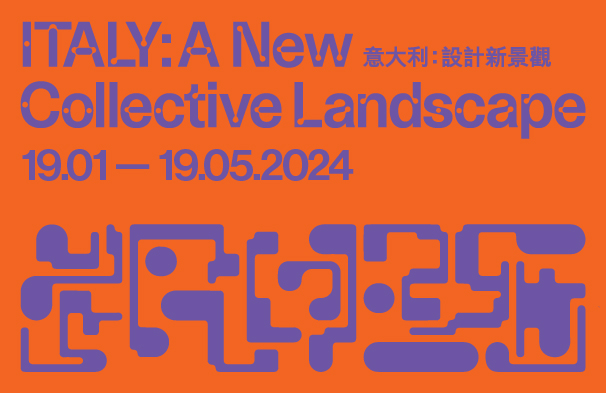
ITALY: A New Collective Landscape
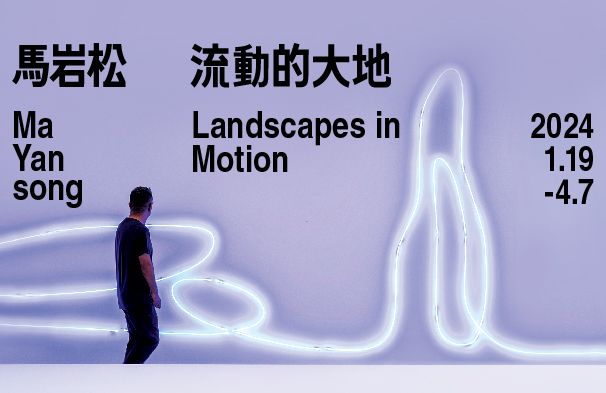
Ma Yansong: Landscapes in Motion
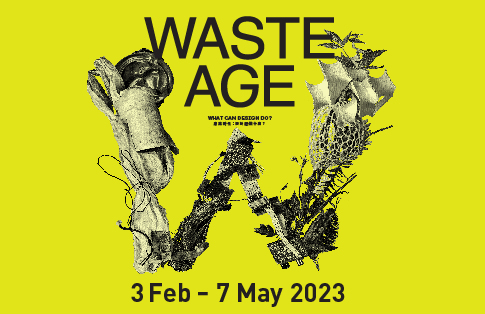
Waste Age: What Can Design Do?

Tradition in the Future - GAFA Cultural Innovation Design
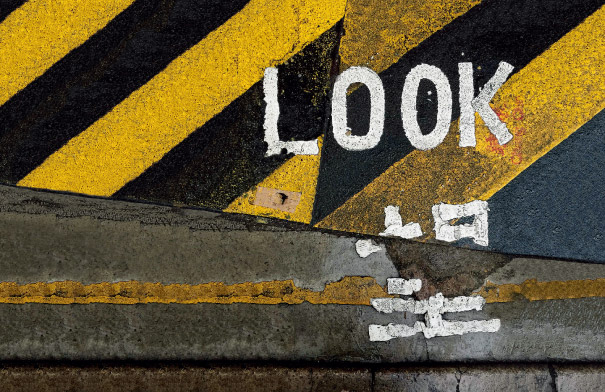
Look: The Graphic Language of Henry Steiner

ECAL Graphic Design – Best Emerging Designers from Switzerland
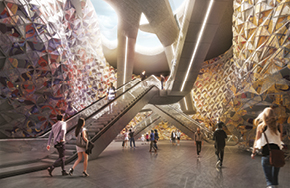
Urban Regeneration - Past, Present and Future
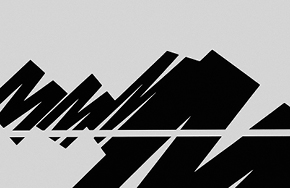
Weingart Typography

Japanese Poster Artists – Cherry Blossom and Asceticism
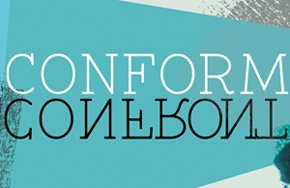
Confront / Conform – An International Prints Exchange Exhibition
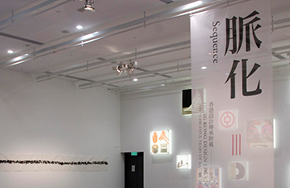
HK Design Legacy and Beyond - A Retrospect of Kan Tai-keung’s Design Path

Pluriversal Futures – Ars Electronica Exhibition in Collaboration with Hong Kong Design Institute

The Warm-beings: Guangzhou Design Triennial – Hong Kong Exhibition

Tonight with the Impressionists, Paris 1874 – An Immersive Expedition in Virtual Reality

IITERNITI + U - A Korean Virtual Idol Exhibition

ITALY: A New Collective Landscape

Waste Age: What Can Design Do?
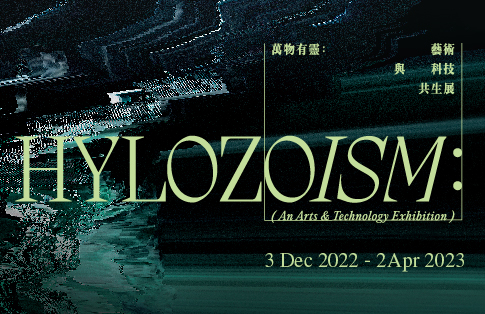
Hylozoism: An Arts & Technology Exhibition

Dai Fujiwara The Road of My Cyber Physical Hands
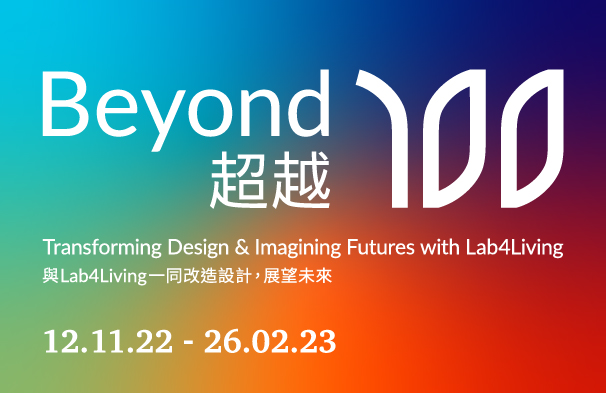
Beyond 100: Transforming design & imagining futures with Lab4Living
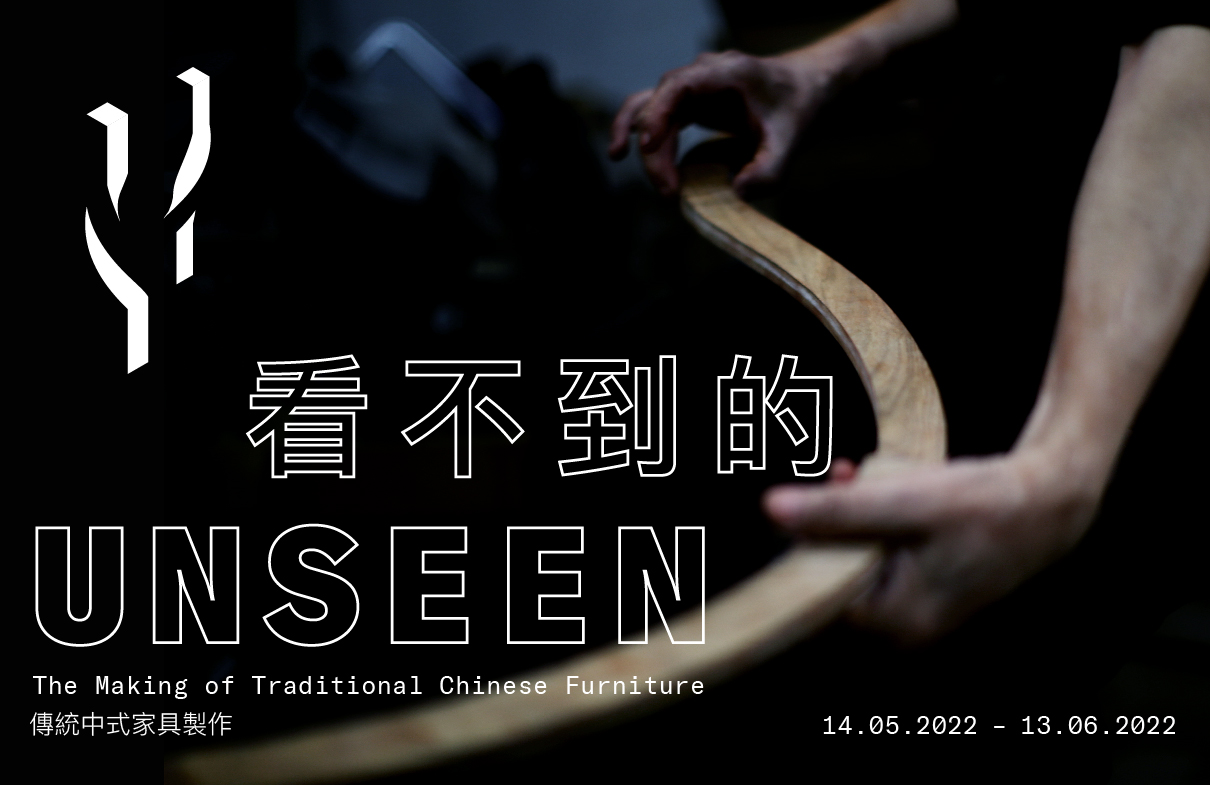
Unseen - The Making of Traditional Chinese Furniture
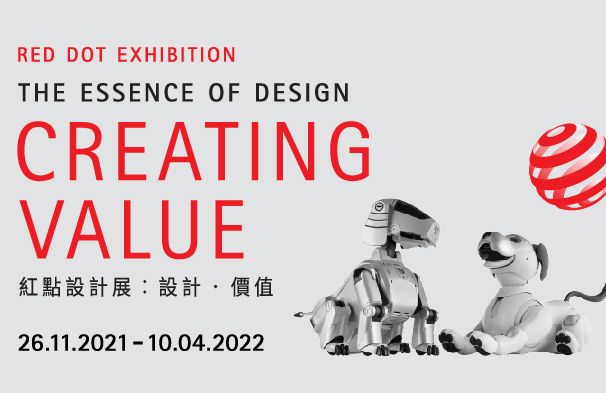
Red Dot Exhibition: The Essence of Design – Creating Value
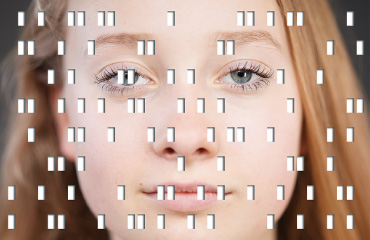
Red Dot Design Exhibition: Homo Ex Data | The Natural of the Artificial
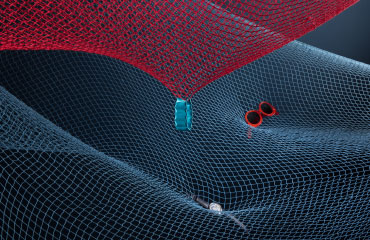
Swiss Accessory and Watch Design by HEAD – Genève
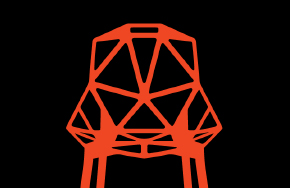
Konstantin Grcic – Panorama

Hong Kong Smart Gifts Design Awards 2015
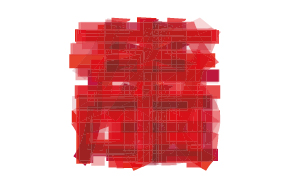
Every Product Tells a Story – Untold Matters of Red Dot Award-Winning Designs

Ma Yansong: Landscapes in Motion
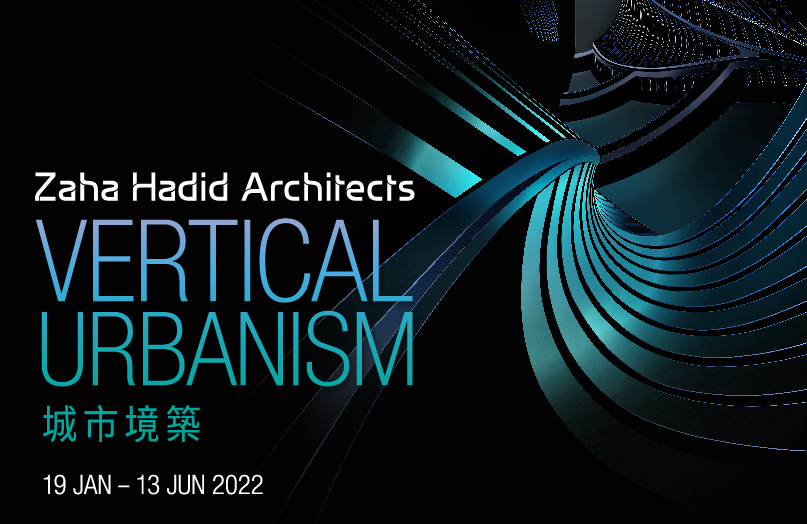
Zaha Hadid Architects: Vertical Urbanism
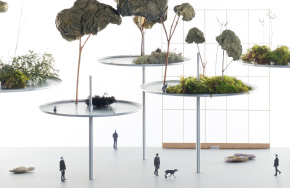
Ronan & Erwan Bouroullec – Urban Daydreaming
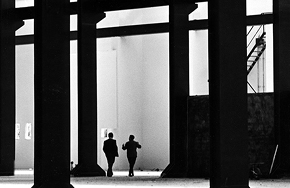
Rafael Moneo: A Theoretical Reflection from the Professional Practice. Archive Materials (1961-2013)

The Arctic - Architecture and Extreme Environments
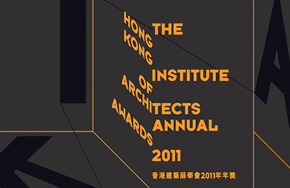
HK Institute of Architects Annuals Awards
Exhibition Space
HKDI Gallery
The HKDI Gallery provides up to 600 square metres of exhibition space to showcase the breadth of design generated by and associated with HKDI. Open to the public, the venue will host exhibition, trade- and industry-related events and displays of student work.
Venue
G/Floor, Tower D,
Hong Kong Design Institute,
3 King Ling Road, Tseung Kwan O,
(MTR Tiu Keng Leng Station Exit A2)

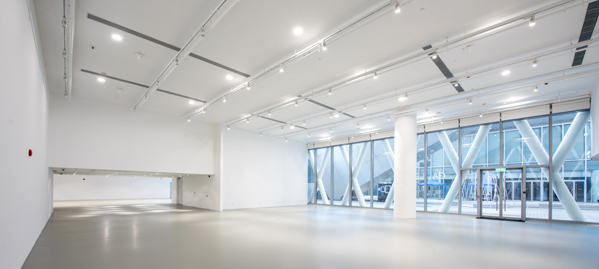
d-mart
d-mart provides a 1,040 square metre venue for showcasing the breadth of design generated by or associated with HKDI. Open to the public, the venue hosts exhibition, trade- and industry-related events and displays of student work.
Venue
d-mart, G/Floor, Tower C,
Hong Kong Design Institute
3 King Ling Road, Tseung Kwan O,
(MTR Tiu Keng Leng Station Exit A2)


Experience Centre
Experience Centre is a convertible area with up to 170 square meters for mini events or exhibitions.
Venue
Experience Centre, G/Floor, Tower C,
Hong Kong Design Institute
3 King Ling Road, Tseung Kwan O,
(MTR Tiu Keng Leng Station Exit A2)

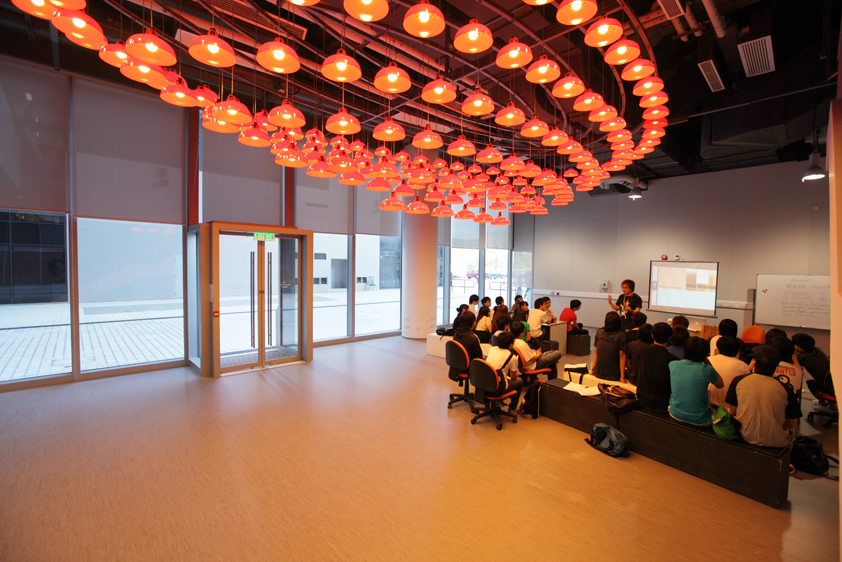
Contact Us
Contact
Hong Kong Design Institute,
3 King Ling Road, Tseung Kwan O, HK
Thank you!
You have successfully submitted your inquiry. Our staff will come to you soon.
Location
Hong Kong Design Institute,
3 King Ling Road, Tseung Kwan O, HK

